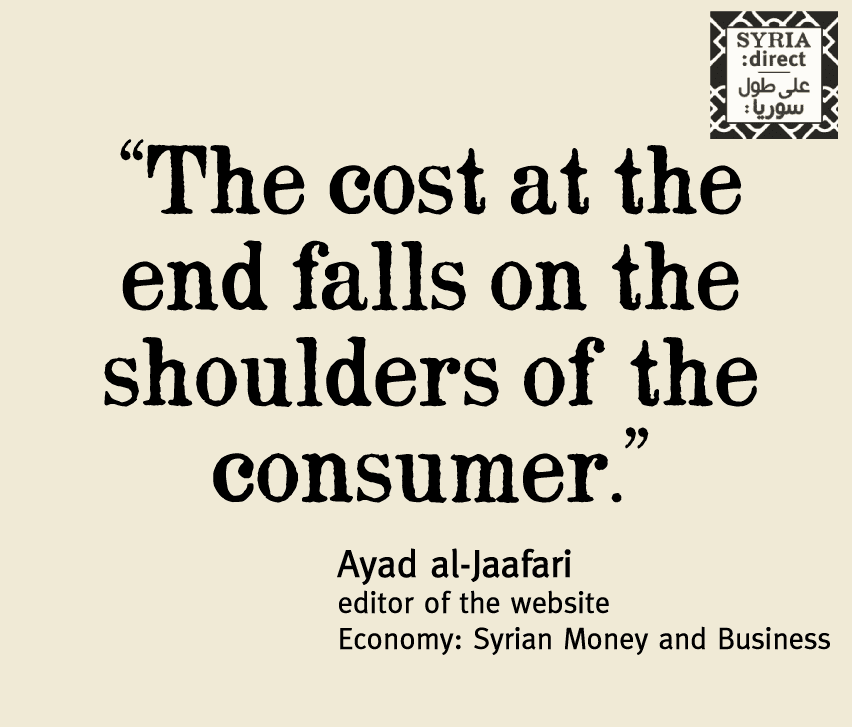As black market currency thrives, Central Bank raises exchange rate
AMMAN: The Central Syrian Bank raised on Tuesday the exchange […]
22 October 2015
AMMAN: The Central Syrian Bank raised on Tuesday the exchange rate on the Syrian pound and the US dollar pertaining to remittances and imported goods, in what economists described to Syria Direct as an attempt to prop up the regime’s dwindling foreign currency reserves.
The exchange rate hike on remittances goes up from SP315 to SP322 per dollar represents “an attempt by the regime to eliminate the black market” for currency trading, Mazen Irshid, head of research at the Amman-based United Financial Investments, told Syria Direct Wednesday.
“It’s another piece of evidence that the Syrian economy is suffering from a decline in its foreign currency reserves, and a rise in debt,” Irshid added.
The higher exchange rate is supposed to encourage Syrians to receive dollar-based remittances from official currency exchanges, as opposed to black market traders, since they will now receive more Syrian pounds for the effort.
The attempt is not likely to bear fruit, says Irshid: “We can’t say that this operation will succeed, because the exchange rate on the black market is still much higher than the official rate.”
While the black market rate fluctuates, Syrians have long preferred to use it for currency exchange instead of official banks. Shops and other legitimate businesses around the capital, for example, may run a side business in currency exchange as people who appear to be customers head to the back to change dollars into Syrian pounds.
Because the exchange rate increase also applies to imports, it is slated to harm the average customer through higher prices, Ayad al-Jaafari, editor of the website Economy: Syrian Money and Business, told Syria Direct Wednesday.
“Every time the Central Bank raises the exchange rate for imports, it increases the burden on traders, who compensate the loss by raising the final price of the good they sell it for,” al-Jaafari said.
“The cost at the end falls on the shoulders of the consumer.”







